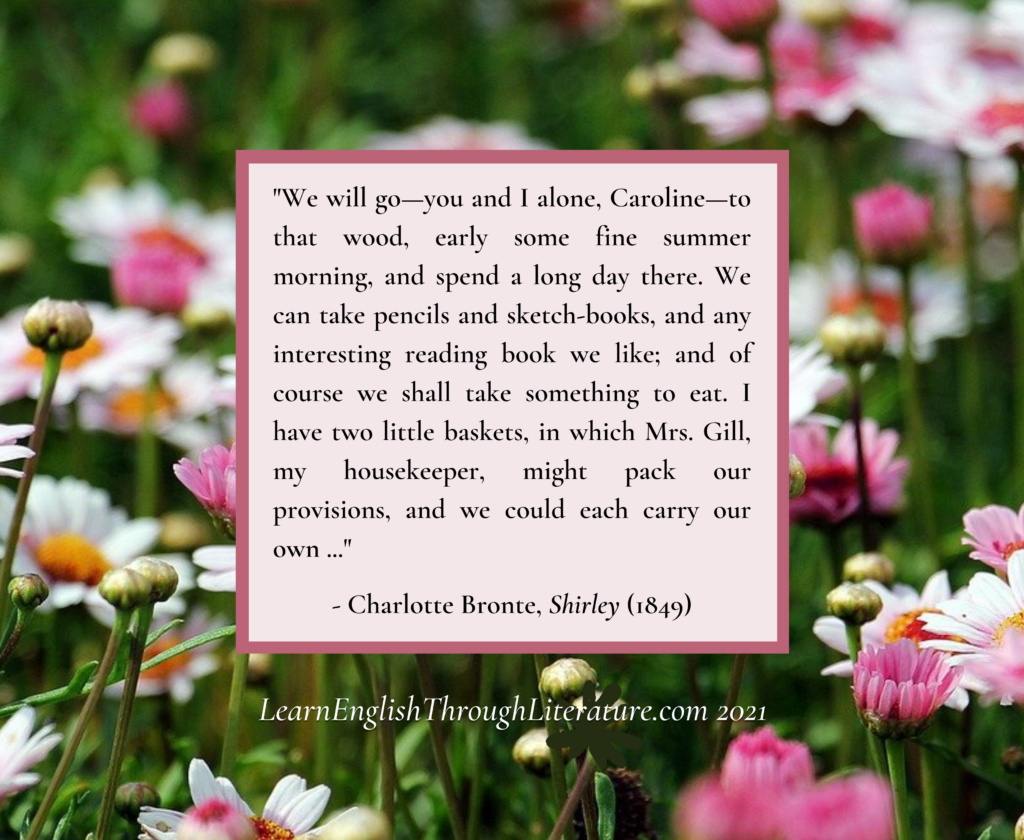Lesson #235 (Part 1): Being or Been? What you need to know about the present participle of ‘To Be’
📙 ‘Wuthering Heights is the name of Mr. Heathcliff’s dwelling. “Wuthering” being a significant provincial adjective, descriptive of the atmospheric tumult to which its station is exposed in stormy weather.’ – Emily Brontë, Wuthering Heights (1847) Have you ever been confused about the differences between ‘being’ and ‘been’ in English? 🤔 ✍️ Both of these […]












